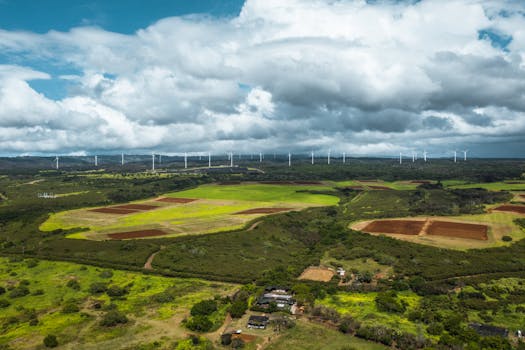
High-Tech Horizons: The Evolution of Earth-Orbiting Technologies for Observation
High-Tech Horizons: The Evolution of Earth-Orbiting Technologies for Observation has been a game-changer in the field of observation, allowing us to monitor and understand our planet in unprecedented detail. The development of earth-orbiting technologies has enabled us to collect vast amounts of data, which has numerous applications in fields such as meteorology, oceanography, and environmental monitoring.
Introduction to Earth-Orbiting Technologies
Earth-orbiting technologies refer to the use of satellites and other spacecraft to observe and study the Earth from space. This technology has been around for several decades, but recent advancements have significantly improved its capabilities. The first earth-orbiting satellite, Sputnik 1, was launched in 1957, and since then, thousands of satellites have been launched into space, each with its own unique mission and purpose.
Types of Earth-Orbiting Technologies
There are several types of earth-orbiting technologies, including satellite imaging, remote sensing, and satellite communications. Satellite imaging involves the use of satellites to capture high-resolution images of the Earth’s surface, which can be used for a variety of applications, such as mapping, agriculture, and disaster response. Remote sensing, on the other hand, involves the use of satellites to collect data about the Earth’s surface, such as temperature, humidity, and vegetation health. Satellite communications involve the use of satellites to transmit data and communications signals around the world.
Applications of Earth-Orbiting Technologies
Earth-orbiting technologies have numerous applications in various fields, including meteorology, oceanography, and environmental monitoring. For example, satellite imaging can be used to track weather patterns, monitor ocean currents, and detect natural disasters such as hurricanes and wildfires. Remote sensing can be used to monitor climate change, track deforestation, and detect soil moisture levels. Satellite communications can be used to provide internet access to remote areas, enable global navigation, and support emergency response efforts.
Future of Earth-Orbiting Technologies
The future of earth-orbiting technologies looks promising, with ongoing advancements in technology and increasing demand for satellite-based services. The development of new satellite constellations, such as the Internet of Things (IoT) and 5G networks, is expected to further expand the capabilities of earth-orbiting technologies. Additionally, the use of artificial intelligence and machine learning is expected to improve the analysis and interpretation of satellite data, enabling more accurate and detailed insights into the Earth’s systems.
In conclusion, High-Tech Horizons: The Evolution of Earth-Orbiting Technologies for Observation has revolutionized the field of observation, enabling us to monitor and understand our planet like never before. With ongoing advancements in technology and increasing demand for satellite-based services, the future of earth-orbiting technologies looks bright, and its applications are expected to continue to grow and expand in the coming years.

